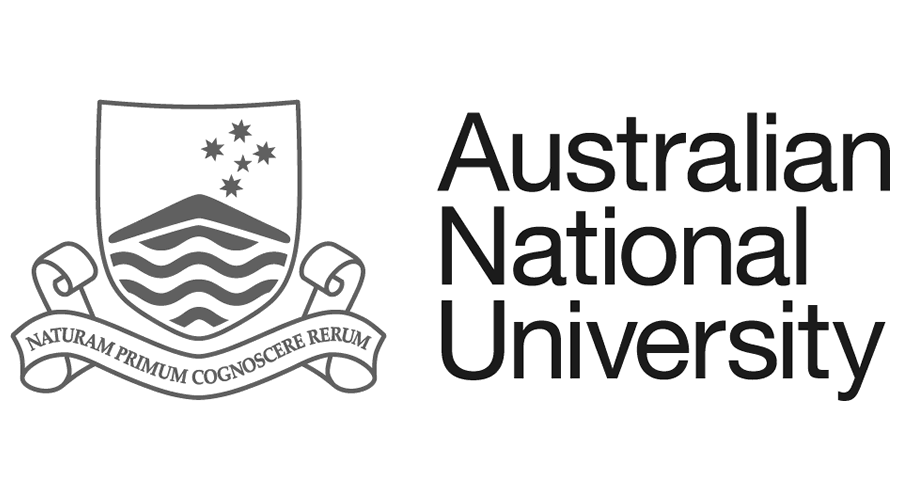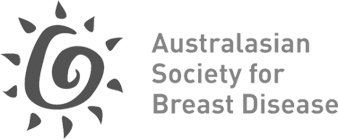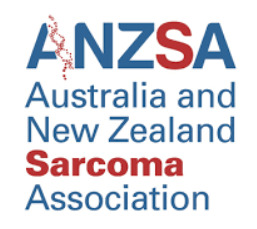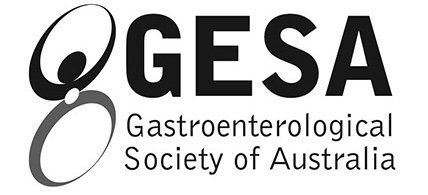BREAST CONSERVING SURGERY
What is breast conserving surgery?
Breast conserving surgery, also called lumpectomy or wide local excision, involves removal of the tumour with a rim of normal tissue. There are a variety of techniques that can be used to reshape the breast and preserve its appearance after the tumour is removed, known as Oncoplastic breast surgery, my blog explains this in detail.
Breast conserving surgery is recommended if the cancer is small compared to the size of your breast. It is almost always combined with radiotherapy.
Research has shown that breast conserving surgery followed by radiotherapy is more effective than mastectomy in treating early breast cancer. The chance of the cancer coming back in another part of the body is the same with either type of surgery.
What are the advantages of breast conserving surgery?
- Your breast is left in place and your appearance will not be changed as much as it would be following a mastectomy.
What are the disadvantages of breast conserving surgery?
- You may require further surgery if the initial operation does not completely remove all the cancer.
- Radiotherapy is almost always recommended after breast conservation surgery. It involves going to the hospital for daily treatment for 3 to 6 weeks.
- Your breast will look different. How different it looks depends on the size and location of the cancer and the size and shape of your breast. Your treated breast may be slightly larger and heavier than your other breast or it may become smaller over time.This is due to a combination of the surgery and radiotherapy and the effect is difficult to predict
- Your breast may feel different. Some women experience numbness or sharp shooting pain in the breast. This can be a nuisance, but is not dangerous. It usually improves over the months and years after treatment.
- You will need to have a mammogram and ultrasound of both breasts every year.
- The cancer can come back in the breast, although the risk is low (about 0.5 to 1% per year).
What is involved in breast conserving surgery?
A hookwire may be required to localise the tumour in the breast if it cannot be felt clinically. The guidewire, a tiny wire similar to a fishing line, is inserted by a radiologist a few hours before the operation at the radiology practice. The abnormal area in the breast is identified with a mammogram or ultrasound. Local anaesthetic is given and the wire is inserted under the guidance of the mammogram or ultrasound. Sometimes, more than one wire is required. After the wire has been inserted, a mammogram is often performed to check the position of the wire. The wire is then taped in place and you will be transferred to the operating theatre.
The operation is performed under general anaesthesia. An incision is made in the skin of the breast and the tumour (along with any inserted wires) is removed. Metal clips may be left to mark the cavity - this is to guide radiotherapy. The clips are made of titanium (the same metal used for joint replacement surgery) and can be safely left in the breast. The breast is then reshaped to preserve its appearance.
Surgery for invasive breast cancer will usually involve a separate procedure to remove some or all of the lymph nodes in the armpit to be tested for cancerous cells. There are 2 types of axillary surgery - sentinel node biopsy (removal of a few nodes) and axillary dissection (removal of all the lymph nodes). Recommendations for treatment to the lymph nodes are separate to recommendations to the treatment to the breast. For example, breast conserving surgery can be combined with sentinel node biopsy or axillary dissection.
We may discuss further procedures down the track, and if needed we can do Lipofilling which is a fantastic technique to manage and tweak final aesthetics. This also involves scar modification, increasing fullness and volume, and is a great way to achieve a pleasing final outcome.
What are the risks involved in breast conserving surgery?
All surgery has risks despite the highest standard of practice. The following possible complications are listed to inform not to alarm. There may be other complications that are not listed.
- Bleeding
- Infection
- Seroma, a build-up of fluid in the cavity where the tissue has been removed. Sometimes it can cause a swelling and the fluid may need to be removed with a needle and syringe.
- Scarring
- Breast pain and swelling which may last for months
What is the expected recovery after breast conserving surgery?
Hospital Stay
If you are having breast conserving surgery with sentinel node biopsy, you can go home on the day of surgery. If you have an axillary dissection, you will stay in hospital for 1 to 2 days.
Drain Care
You will go home with a drain if an axillary dissection is performed. You will be taught how to look after the drains prior to discharge. Community nurses will visit you at home, and remove the drains when the drainage is less than 30 ml/day for 2 consecutive days.
Wound Care
Your wounds are closed with dissolvable sutures and skin glue and covered with waterproof dressings. Remove your dressings in 2 weeks - your wounds should be healed by then and you do not need further dressings. You can massage your scar at 3 weeks using a plain moisturiser with firm circular motions for at least 10 minutes twice a day.
Bras
You may feel more comfortable wearing a supportive wire-free bra or crop top for the first few days.
Driving
You should not drive until the drains have been removed.
Physical Activity
You are encouraged to do as much walking as is comfortable. Avoid activities that create a lot of ‘breast bounce’ for 4 weeks.
















